The Serengeti National Park, a vast ecosystem in northern Tanzania, spans approximately 15,000 square kilometers and offers one of the most breathtaking wildlife spectacles on Earth. Renowned for its extensive grassland plains, savanna, riverine forests, and woodlands, the park is home to the famous Great Migration of wildebeest and zebras, making it a must-visit destination for nature lovers and wildlife enthusiasts. This guide explores the magic of the Serengeti, providing insights into the best times to visit, the wildlife you might see, and tips for making the most of your trip.
Table of Contents
The Serengeti Ecosystem
The Serengeti ecosystem is one of the oldest on the planet, and its diverse environments provide the perfect habitat for numerous species of wildlife. The region’s flat-topped acacias and large kopjes paint a picture straight out of an African dream. The ecosystem includes the Serengeti National Park itself as well as several game reserves and conservation areas, spanning Tanzania and Kenya.
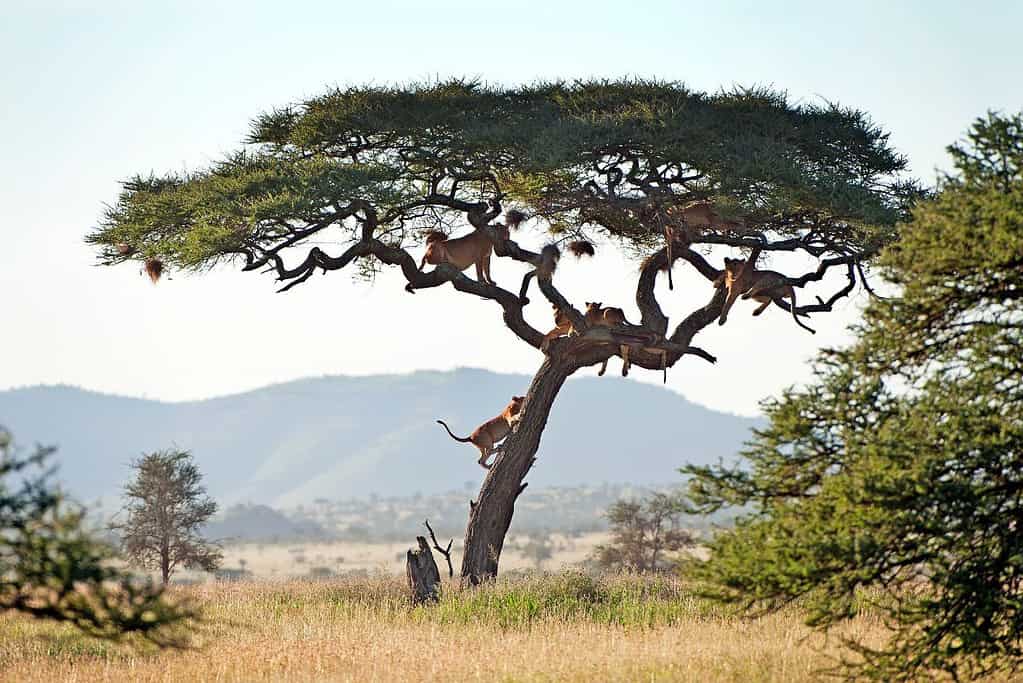
The Great Migration
Arguably the most spectacular event in the Serengeti is the Great Migration, which involves over 1.5 million wildebeest, hundreds of thousands of zebras, and several species of antelope cyclically migrating in search of fresh grazing and water. This migration follows a yearly pattern moving between the Ndutu region of the Ngorongoro Conservation Area in Tanzania, up through the Serengeti’s western corridor and across the Mara River into Kenya’s Maasai Mara, and then back again.
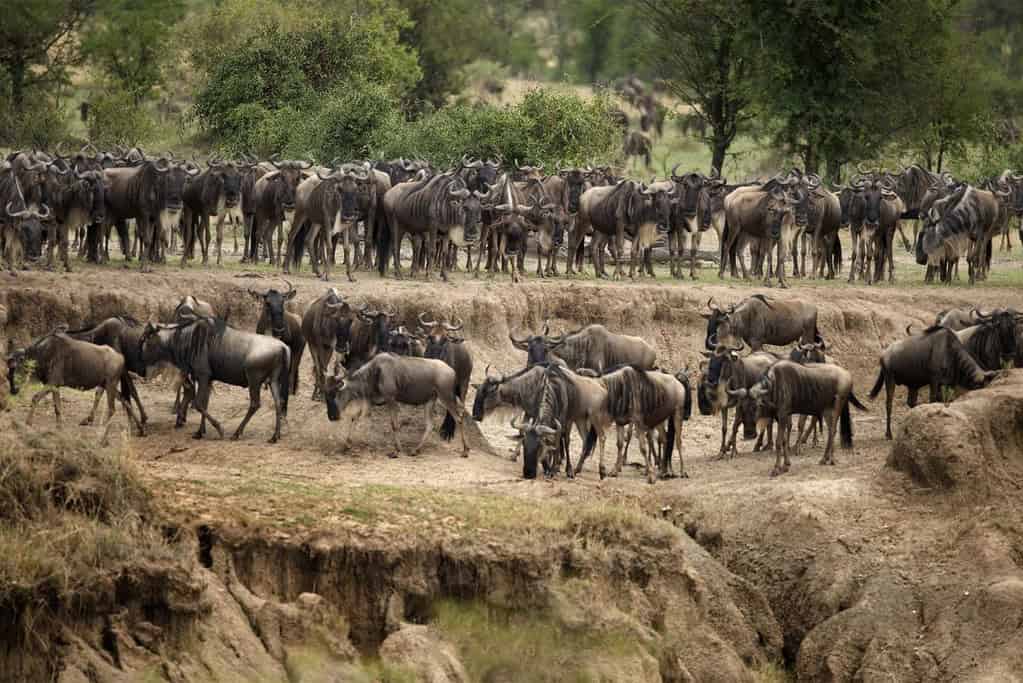
The river crossings, typically occurring between July and September, are particularly thrilling. Herds plunge into crocodile-infested waters, creating a chaotic and dramatic survival spectacle. This event is a powerful testament to the relentless struggle for life in the wild and a must-see for visitors.
Wildlife Beyond the Migration
While the migration is a significant draw, the Serengeti offers much more in terms of wildlife. The park is famed for its Big Five (lion, leopard, elephant, buffalo, and rhino), with particularly large populations of lions and hyenas. The plains are also home to cheetahs, servals, and numerous bird species including the majestic secretary bird and the colorful lilac-breasted roller.
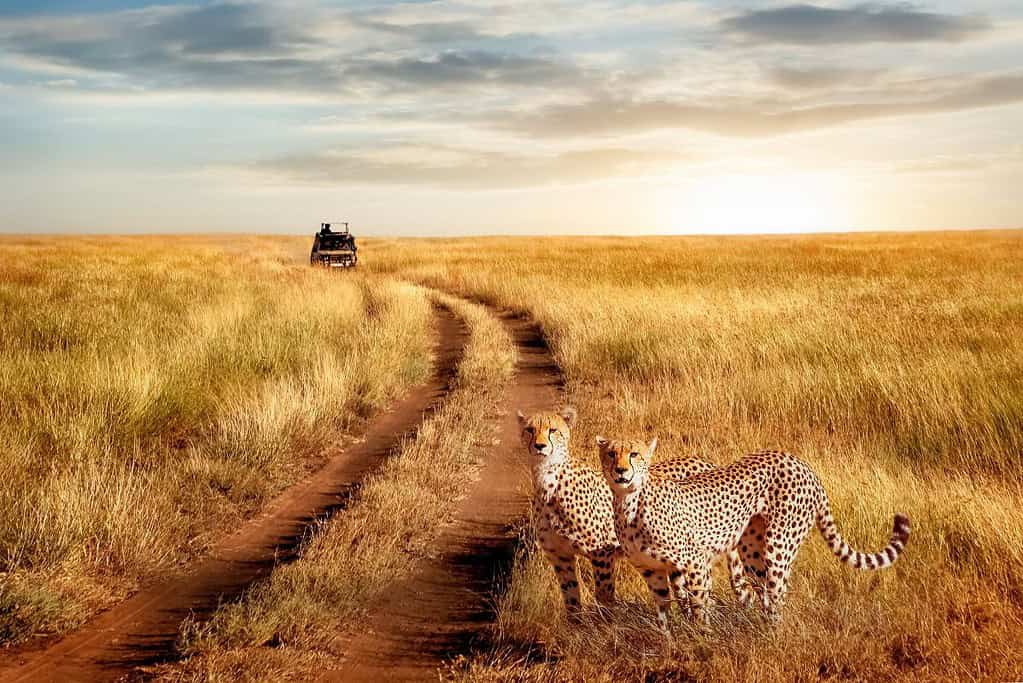
Predators are especially active in the early morning or late afternoon, making these ideal times for game drives. Night drives, though not permitted within the national park itself, can be arranged on the outskirts and in buffer zones, offering glimpses of nocturnal creatures like bushbabies and aardvarks.
Visiting the Serengeti
Best Time to Visit
The best time to visit the Serengeti depends largely on what you want to see. For the Great Migration, aim for the dry season from late June to October, when animals are more likely to congregate around water sources and the foliage is less dense, improving visibility. For birdwatching and lush scenery, the wet season, from November to May, is ideal, with April and May being the peak of the rains.
Safari Tours
Several types of safari tours are available in the Serengeti, from budget camping tours to luxurious lodges. Mobile camps are particularly popular as they move with the patterns of the Great Migration, offering a front-row seat to the action. When choosing a safari operator, consider their commitment to sustainable tourism and conservation efforts.
Cultural Experiences
A trip to the Serengeti can also include cultural interactions with indigenous communities such as the Maasai. Many tours offer village visits, allowing travelers to learn about Maasai traditions, dances, and crafts. These experiences provide a deeper understanding of the human dimension of the Serengeti ecosystem.
Accommodation Options
The Serengeti offers a wide range of accommodation options to suit various budgets and preferences. These range from basic campsites for those who enjoy roughing it, to luxury lodges that provide top-tier amenities such as spa treatments, gourmet meals, and private guides. Choosing the right accommodation can significantly enhance your safari experience, providing comfort and excellent access to game viewing areas. Some popular choices include:
- Luxury Lodges: For those seeking comfort and elegance, luxury lodges such as the Four Seasons Safari Lodge Serengeti or Singita Sabora Tented Camp offer sumptuous accommodations, complete with private balconies and sweeping views of the plains.
- Tented Camps: To stay close to nature without sacrificing comfort, tented camps like Lemala Ewanjan and Serengeti Under Canvas offer a classic safari feel with modern amenities. These camps are often strategically located to maximize wildlife viewing opportunities, especially during the migration.
- Public Campsites: For the more adventurous, public campsites provide a basic but thrilling option, letting you sleep under the stars surrounded by the sounds of the wild. This option requires good preparation and adherence to park rules to ensure safety and minimal environmental impact.
Photography Tips
The Serengeti is a photographer’s paradise, but capturing its full splendor requires some skill and preparation. Here are a few tips for budding wildlife photographers:
- Golden Hours: Make the most of the soft light during early mornings and late afternoons, known as the golden hours, for the most dramatic and beautifully lit shots.
- Telephoto Lens: A telephoto lens is crucial for wildlife photography, allowing you to capture detailed images from a safe distance.
- Patience: Wildlife photography often involves a lot of waiting. Patience might reward you with unique scenes, such as a pride of lions interacting or a sudden burst of action during the migration.
- Guided Safaris: Consider hiring a guide with experience in photography. They can help position the vehicle in the best spot and provide insights into animal behavior, increasing your chances of capturing compelling images.
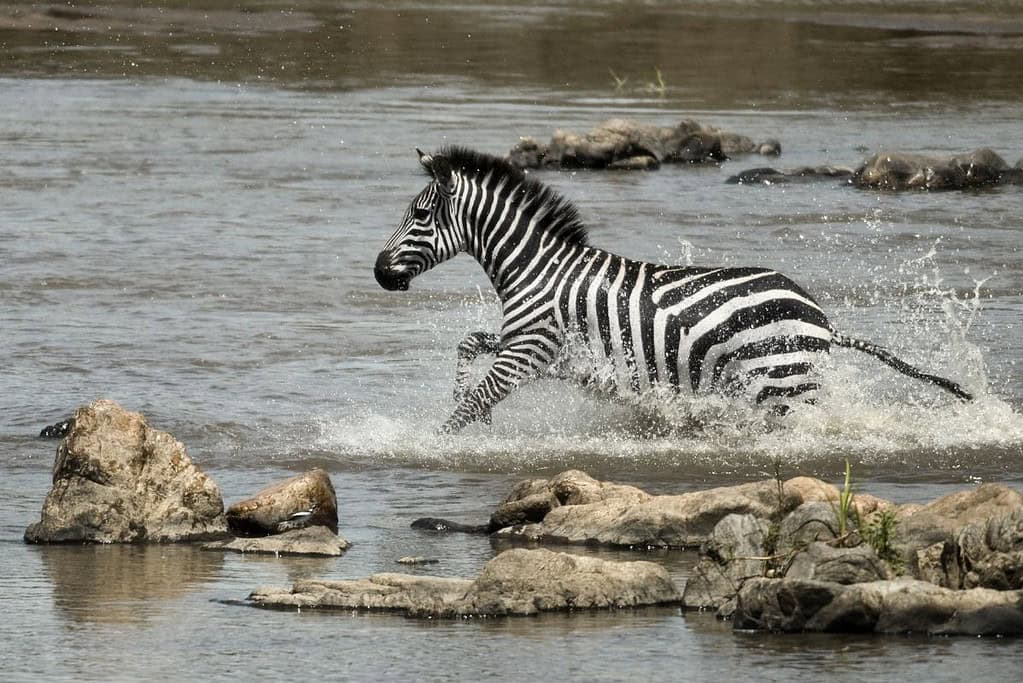
Environmental Considerations
Tourism has a significant impact on the Serengeti ecosystem. As a visitor, it’s crucial to be mindful of the environment. Stick to designated trails and roads to avoid disturbing wildlife habitats. Use water sparingly, dispose of waste properly, and avoid single-use plastics when possible. Supporting eco-friendly tour operators and accommodations that invest in conservation initiatives can also make a big difference.
Planning Your Trip
When planning your trip to the Serengeti, consider the following:
- Travel Agency: Choose a reputable travel agency that is knowledgeable about Tanzania and committed to sustainable practices.
- Itinerary: Be clear about what you want to see and do. A well-planned itinerary helps in maximizing your time and experiences in the park.
- Local Customs and Practices: Learn about and respect local customs. Engaging respectfully with local communities enriches your travel experience and supports local livelihoods.
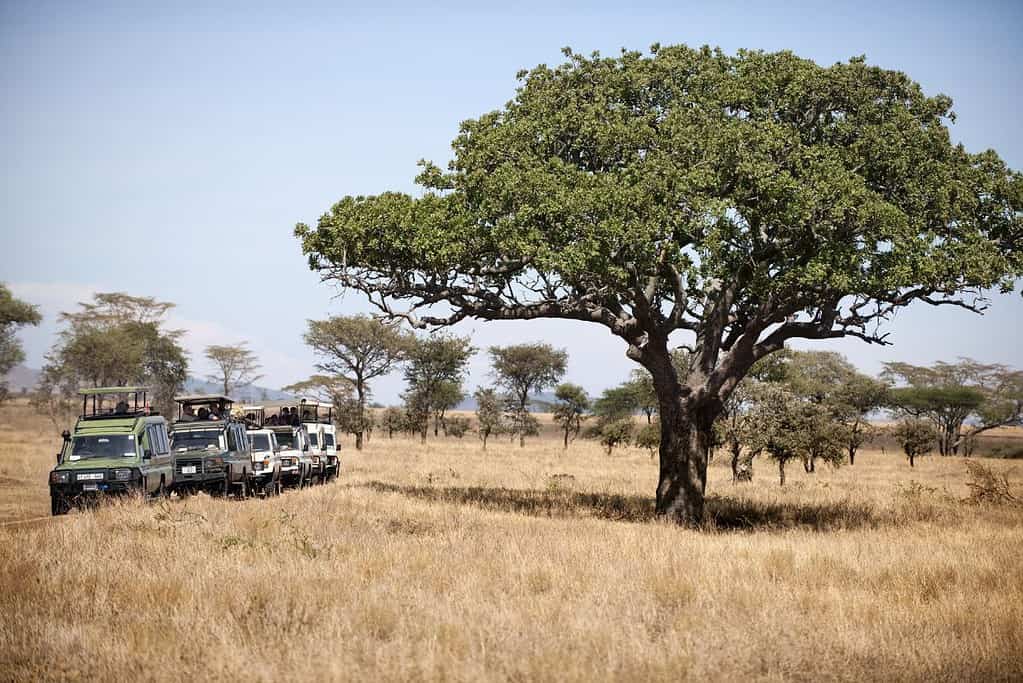
Conclusion
Exploring the Serengeti is an adventure that offers unparalleled wildlife viewing, breathtaking landscapes, and the chance to witness one of the planet’s most incredible natural events. Each journey here contributes to the ongoing conservation efforts that ensure future generations can also experience the wonder of this extraordinary place. Whether you’re an avid birder, a wildlife photographer, or simply a lover of nature, the Serengeti promises an unforgettable safari experience.
Read the Tanzania article here.
